In the ever-evolving landscape of data centers, the demand for higher bandwidth and faster data transmission rates has led to the development of advanced connectivity solutions. One such innovation is the 200G Active Optical Cable (AOC), a high-performance solution that addresses the growing need for enhanced data throughput. This essay delves into the key aspects of 200G AOC, exploring its definition, types, applications, and the advantages it holds over traditional Direct Attach Cables (DAC).
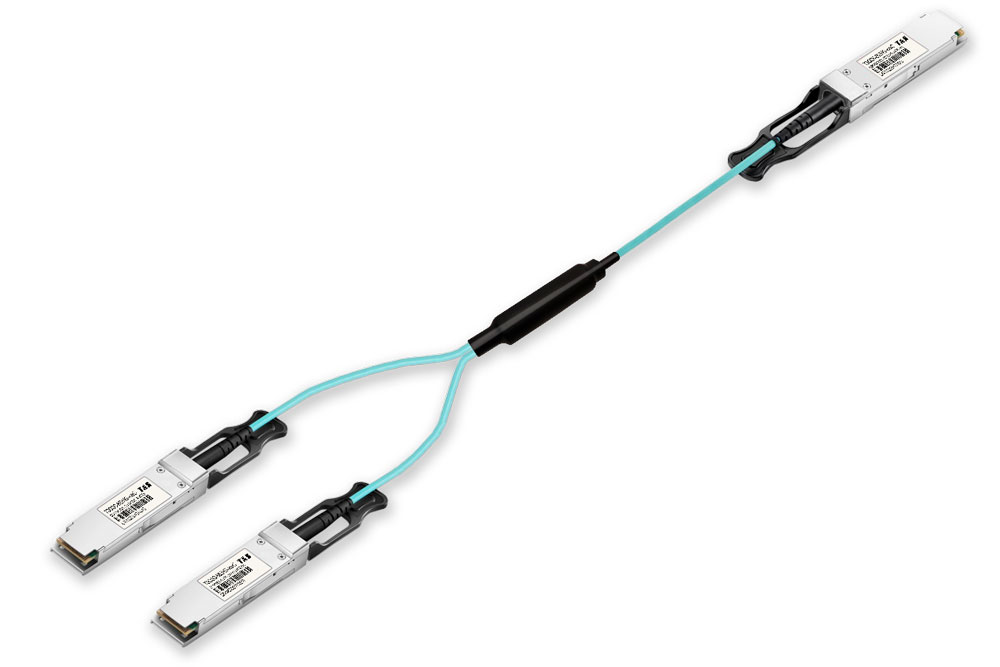
What is 200G AOC?
Active Optical Cables (AOCs) are specialized cables that integrate active components, such as lasers and photodetectors, into the cable assembly. These components enable the transmission of optical signals over longer distances compared to traditional passive optical cables. The 200G AOC specifically refers to an AOC solution designed to support data rates of up to 200 gigabits per second (Gbps).
Types of 200G AOC:
200G QSFP-DD AOC and 200G QSFP56 AOC
Within the realm of 200G Active Optical Cables (AOC), there exist distinct configurations such as the 200G QSFP-DD AOC and 200G QSFP56 AOC. The former, adhering to the Quad Small Form-Factor Pluggable Double Density (QSFP-DD) standard, is recognized for its elevated density, accommodating 8 lanes of 25G or 50G per lane. In contrast, the latter, aligned with the QSFP56 standard, offers a cost-effective solution tailored for 200G connectivity.
200G AOC Breakouts
A crucial attribute of 200G Active Optical Cable (AOC) breakouts lies in their capacity to divide into multiple lower-speed channels, imparting adaptability in diverse networking scenarios.
The 200G AOC configured to 2x100G AOC exhibits a breakout arrangement wherein the 200G AOC serves as two independent 100G AOCs. This configuration provides versatility in addressing distinct connectivity requirements.
In the context of 200G AOC to 4x50G AOC, the division of the 200G AOC into four 50G AOCs optimizes cable utilization, particularly in scenarios where lower bandwidth is preferred.
Further, the 200G AOC can be configured to 8x25G AOC, offering granular control over data transfer rates to meet the demands of applications requiring even lower bandwidth. This breakout configuration provides flexibility and customization in tailoring the cable's performance to specific operational requirements.
Applications of 200G AOC:
The deployment of 200G AOCs is gaining momentum across various applications within data centers:
High-Performance Computing (HPC): 200G AOCs play a pivotal role in connecting high-performance computing clusters, facilitating fast and efficient communication between servers and storage systems.
Data Storage: In data storage environments, especially where large volumes of data need to be transferred quickly, 200G AOCs provide the necessary bandwidth and low latency.
Cloud Computing: Cloud service providers benefit from the increased capacity of 200G AOCs, supporting the high data demands of virtualized environments and distributed computing.
Networking Infrastructure: Within data center networking infrastructure, 200G AOCs contribute to the development of high-speed, low-latency connections, improving overall network performance.
Advantages of AOC over DAC:
While both Active Optical Cable (AOCs) and DAC direct attach cable are popular connectivity options, AOCs offer several advantages in the context of 200G data transmission:
1. Greater Bandwidth and Distance: AOCs leverage optical technology, enabling them to support higher data rates and cover longer distances compared to DACs. This makes them more suitable for applications requiring enhanced bandwidth and extended connectivity.
2. Reduced Signal Degradation: Optical signals in AOCs experience less signal degradation over distance compared to electrical signals in DACs. This results in improved signal integrity and reliability.
3. Lighter and More Flexible: AOCs are typically lighter and more flexible than DACs. The use of optical fibers allows for easier cable management and installation, especially in environments where space constraints are a consideration.
4. Electromagnetic Interference (EMI) Immunity: AOCs are inherently immune to electromagnetic interference, providing a stable and interference-free communication environment. This is particularly crucial in densely packed data centers where EMI can be a significant concern.
5. Future-Proofing: As data center demands continue to escalate, AOCs offer a future-proof solution by providing the necessary bandwidth and scalability for evolving network architectures.
Conclusion:
In conclusion, the advent of 200G Active Optical Cables represents a significant leap forward in addressing the escalating data transmission requirements of modern data centers. With their ability to deliver high bandwidth, cover extended distances, and offer advantages over traditional DACs, 200G AOCs are poised to play a central role in shaping the connectivity landscape of data centers in the years to come. As the industry continues to embrace higher data rates, AOC technology stands as a robust and forward-looking solution for powering the next generation of data center networks.

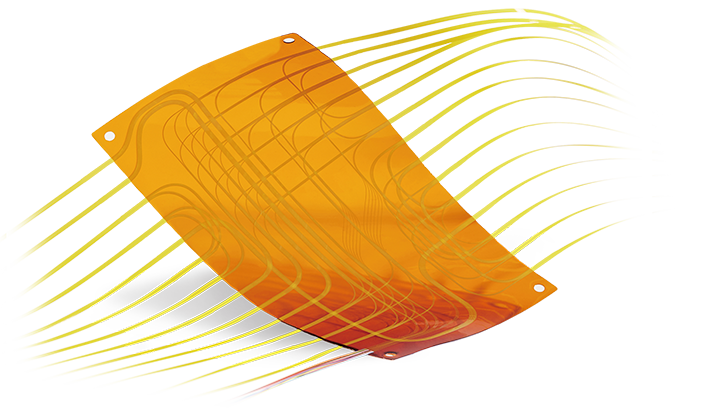 Fiber Optic Flex Circuit (FOFC)
Advanced Simulation & Optimization, High Positioning Accuracy, Flexible Customization, Rigorous Reliability Testing
Fiber Optic Flex Circuit (FOFC)
Advanced Simulation & Optimization, High Positioning Accuracy, Flexible Customization, Rigorous Reliability Testing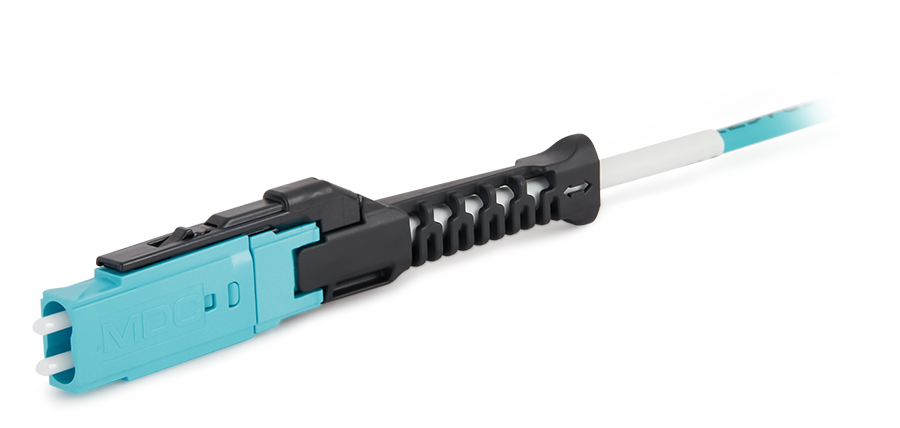 MDC Solution
US Conec's MDC connector is a Very Small Form Factor (VSFF) duplex optical connector, expertly designed for terminating single-mode and multimode fiber cables with diameters up to 2.0mm.
MDC Solution
US Conec's MDC connector is a Very Small Form Factor (VSFF) duplex optical connector, expertly designed for terminating single-mode and multimode fiber cables with diameters up to 2.0mm.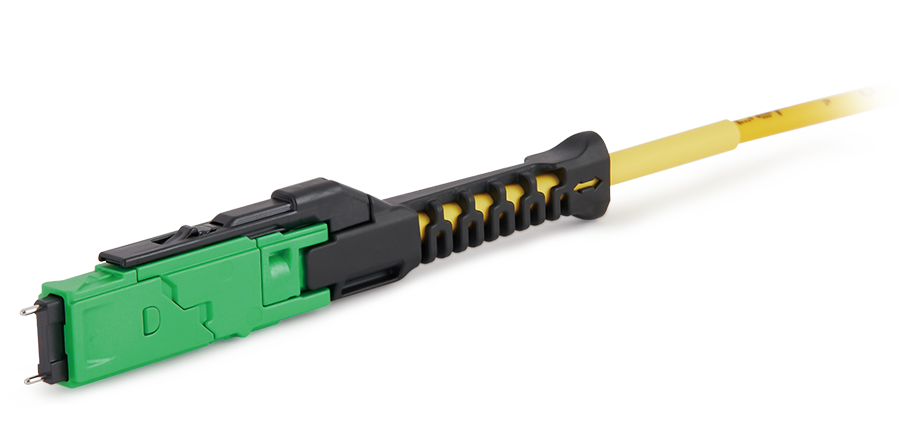 MMC Solution
US Conec's Very Small Form Factor (VSFF) multi-fiber optical connector that redefines high-density connectivity with its cutting-edge TMT ferrule technology and intuitive Direct-Conec™ push-pull boot design.
MMC Solution
US Conec's Very Small Form Factor (VSFF) multi-fiber optical connector that redefines high-density connectivity with its cutting-edge TMT ferrule technology and intuitive Direct-Conec™ push-pull boot design. EN
EN
 jp
jp  fr
fr  es
es  it
it  ru
ru  pt
pt  ar
ar  el
el  nl
nl 


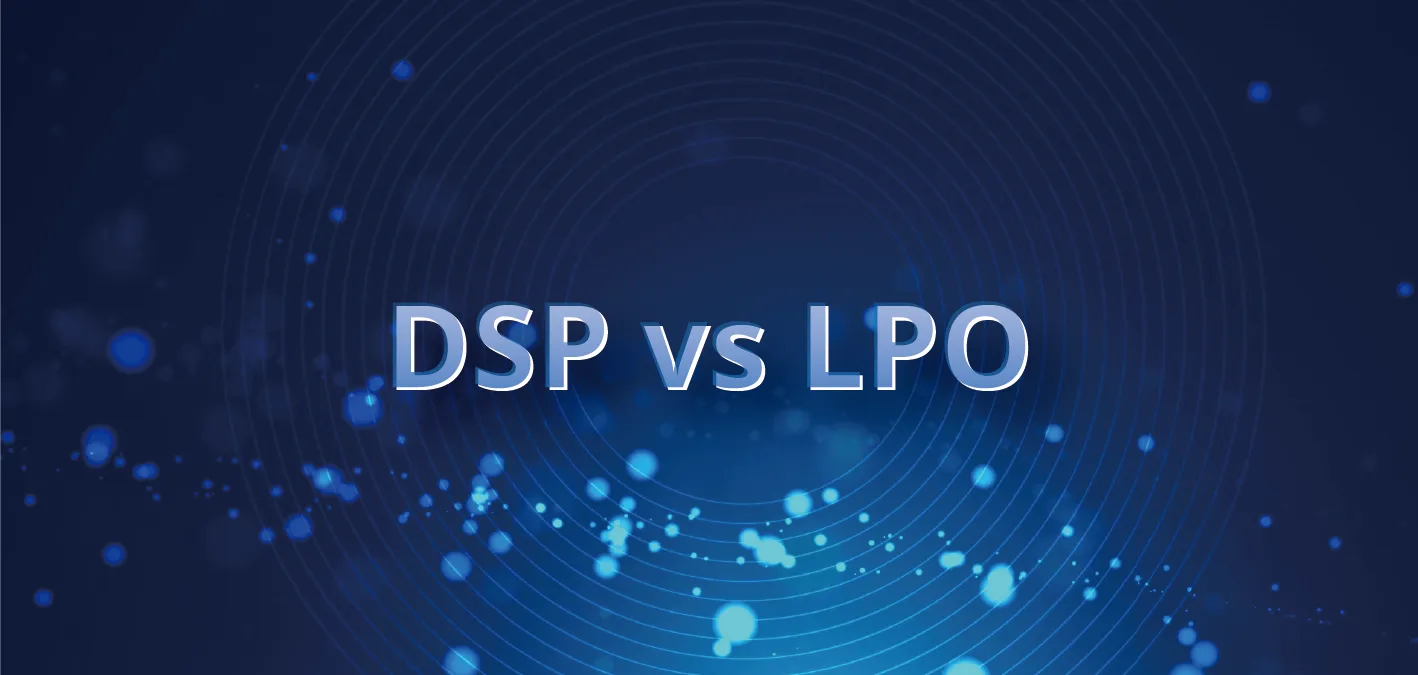
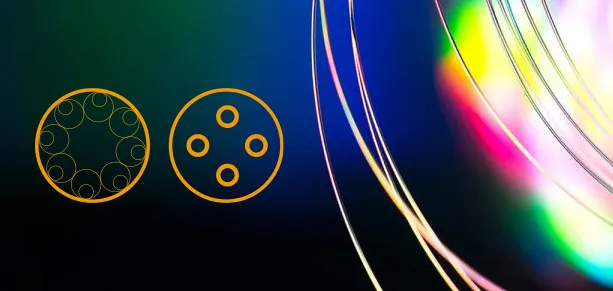
_and_High-Reflection_(HR)_Optical_Coatings.webp)
